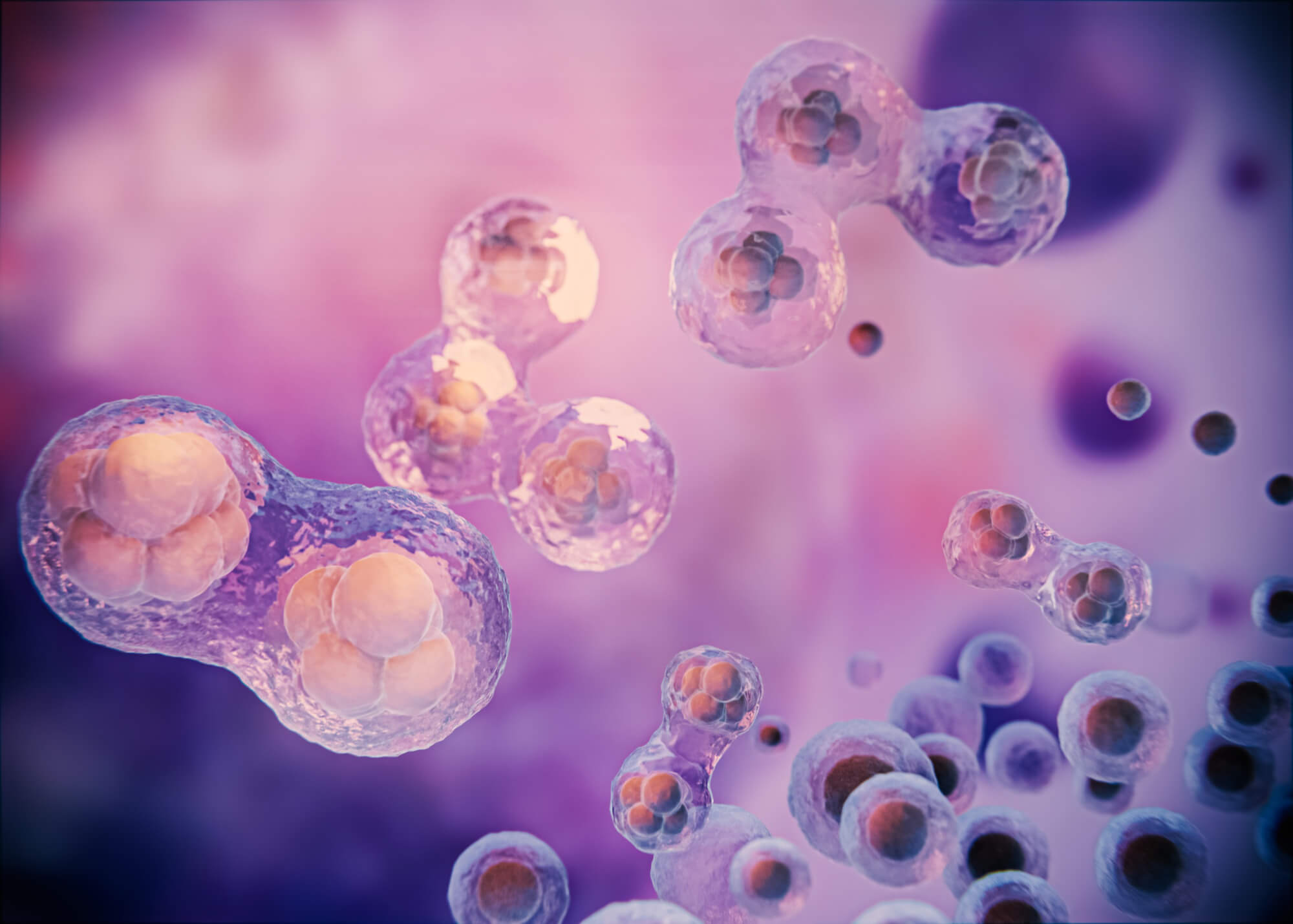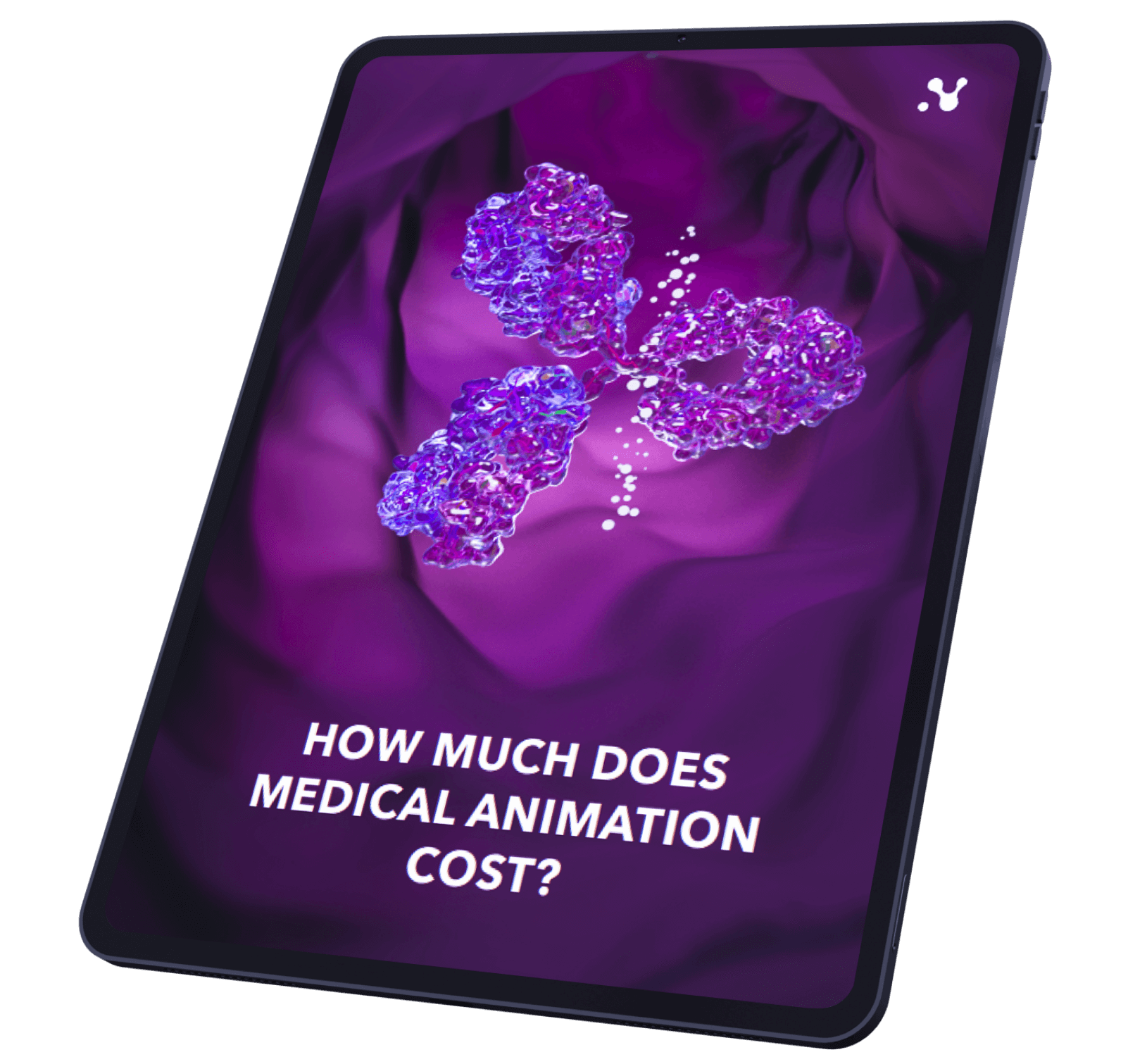What Style of Video Should You Choose?
Choosing the style of scientific animation is one of the key elements in the development of the video. If you do not have your vision of the future style of animation before contacting the studio, you should consult with the animation team to find out what they have to offer. Of course, you may already have a vision – for example, 90% of customers with a “vision” contact us with the words “Do better than your competitors!” Does this mean that the same animation styles used by the competing products should limit us? This is a question for a joint discussion with your stakeholders and representatives of the animation studio.
Anyway – if you come to a meeting with links or examples of videos that you are looking for, the video development team will quickly get an idea of your expectations and preferences. In our blog, you can read the relevant article on how to prepare for the conversation with a studio.
How to choose the right video style for your project? It will depend on your brand, your problems in delivering information and production conditions (budget, time, reviews, etc.).
Let us look at some characteristics of common video styles for Biotech/Pharma/Medical Device business.
1. Camera shooting (Live action)
Although this article is about CG graphics animated video, there are times when live video is the best choice. When is this so?
Locations: If you are advertising a pharmaceutical factory, laboratory, university, manufacturing facility, hospital, or any other premises, there is no alternative to showing the real place.
Product images: CGI can often be used to create photo-realistic images of real things. Did you know that 75% of the photos in the Ikea catalog are created on a computer? However, there are some things and their active principles that need to be shown photographically. These can be medical device implementation procedures, real tools that can be easily seen, and the mechanism of action of a drug, which is not difficult to understand and imagine.
Lifestyle: Some products are designed to support a specific lifestyle. If your product or service is such, the most significant return is brought by the demonstration of beautiful people living the life your audience seeks.
People as character: Sometimes, bringing in people is of great importance. If you want your CEO to appear in the frame, or if you have feedback from a client or celebrity, it will be much more convenient for you to demonstrate the essence of their words using video than with animation.
In lifescience, a molecule, an instrument, or even a medical procedure can be a character in the promotional video. This allows providing a simplified presentation of the main idea of often quite complicated processes.
Budget: The cost of producing both live-action and animated videos can be equally high. But with the help of video tools on a laptop or smartphone, you can create content for free. If you have a straightforward message, an iPhone, and the informality of amateur video works for you, you can get outstanding results for little money. Gary Vaynerchuk is the acclaimed master of this kind of video.
When is the use of live-action contraindicated? First of all, in those cases, when you are unable to use this media resource to the full. The video turns out to be of poor quality if there is not enough content in it. A short, clear message can be read with greater success than watching 2-3 times longer as someone pronounces it monotonously. In most situations, a “talking head” is a bad idea. You can use “talking heads” in conjunction with 3D graphics, then the content of such a video would be more informative.
2. Text motion graphics (animation graphics, typography)
Animating text or graphic elements rather than characters is called typography. Compelling stories usually require characters, but sometimes there is an excellent reason to choose animated graphics.
- Some brands avoid character-based animation because they associate it with childish content (cartoonish style);
- If you need to provide some data, animation graphics allows you to display them in the form of graphs;
- When the video does not use sound, usually, a moving text line is used to provide the narrative, and there is not much space left on the screen for personages.
3. 2D animation (hand-drawn)
The classic Disney and Warner Brothers animations were drawn on transparent cells that changed every frame or two. Today we create hand-drawn animations using specialized software such as ToonBoom or Adobe Animate and graphic tablets such as Cintiq and Wacom.
While many companies shy away from comic characters for the fear of being considered childish, traditional animation characters do not have to look like children’s cartoons. The characters of the editorial style are drawn more sophisticatedly in a mature way. Iconographic symbols are easy to use while providing an appearance that can still reflect human behavior.
Here are some essential features of traditional animation:
- You can highlight significant and mask unimportant product characteristics, which allows you to focus only on details necessary for the story;
- It is organic, the feeling of craftiness is preserved;
- While Disney-style animations can be costly, more limited forms of traditional animations can be made within a reasonable budget. Especially when it comes to short clips (2 to 5 minutes).
4. Whiteboard animation
In whiteboard animation, the hand draws images and text that accompany and complement the voice-overs. The Royal Society popularized this technique for the encouragement of Arts, Manufactures, and Commerce (RSA), a British non-profit education advocacy community. They created animated clips to accompany the audio recordings of their performances. These clips are top-rated on YouTube; in particular, one video of Dan Pink’s performance was watched more than seventeen million times to the day.
Some features of the whiteboard animation:
- Whiteboard animation conveys conceptual moments very well;
- This kind of animation engages very well – if you are in the mood to follow the hand movements;
- Such an animation is, on average, somewhat cheaper than other types, although this may depend on how you create it;
- Again, depending on the method of its creation, this type of video can provide a quick investment return.
5. 3D animation
Animations created based on computer-generated images or CGI are usually called 3D animations (although, unfortunately, people often confuse them with stereographic videos).
This kind of animation is created by building the virtual shapes, giving their virtual surface visual properties of various materials, illuminating these shapes with virtual light, and shooting them with virtual cameras in the process of movement and interaction. It provides a rich visage, impossible to the traditional animation. Quality 3D animation can depict the living creatures convincingly and photo-realistically. Most of the 3D animation industry today is dedicated to creating special effects for the cinema.
The process of producing the 3D video is much more complicated than 2D animations because it depends on advanced technologies.
In a 2D movie, we can provide only a basic environment. In 3D, we have to work out all the objects in the camera’s path from all sides, and this takes a lot of time and labor.
While 3D generalists can perform simple projects, high-quality work is almost always carried out by a team of specialists, which may include:
- 3D designers (including sculptors);
- Modelers;
- Shader specialists (people who create effects of environmental materials);
- Riggers (specialists who prepare models for movement);
- Animators;
- Texturing specialists;
- VFX particle specialists (for liquids, dust, etc.);
- Lighters;
- Renderers;
- Composers (people who combine image layers and adjust colors and shadows).
Some features of 3D animation:
- The video may look like a live-action video, although depending on what is displayed in the frame, achieving photorealism can be extremely costly;
- High-quality character animation will cost at least as much as the highly detailed traditional animation;
- Some types of 3D animation can be done on a lower budget, such as motion graphics 3D animation;
- 3D animation production takes a lot of time due to the length of the production process, as well as the fact that rendering a single frame may take up to several hours of computer time;
- In cases where this is important, 3D can provide a detailed and very accurate picture of the molecules or technical details of medical devices;
- You can take a trip to the inner world of human cells;
- 3D animation can look absolutely fantastic.
6. Stop motion
Stop motion animation is when a character or model is photographed, then moved a little and shot, repeatedly, until an illusion of movement is created. This is a laborious technique, but the results are often stunning. Examples of this technique are the works of Aardman Animations (Wallace & Gromit: The Curse of the Were-Rabbit, Chicken Run, and others.)
In life sciences, this can be applied when you need to describe a very time-consuming process, to generate the so-called timelapse.
For example, you need to show how your 3D printer prints a tissue or how the construction of a new biotechnology facility takes place – a timelapse video will be beneficial here. But, if it is impossible to capture the entire process frame by frame, you can resort to similar technologies in 3D animation.
Some noticeable features:
- Since the movements are performed manually, they have a torn imperfection, a definite charm, especially in comparison with the icy perfection of computer-generated movements;
- Likewise, the texture and imperfection of real materials and real light sources give the stop motion animation a handmade feel that again sets it apart from CGI;
- Due to its complexity, stop motion can be costly to produce;
- In other techniques, making changes to the video after it is created is quite simple to implement, whereas in this type of animation, a complete remake from scratch would be required.
SUMMARY
Today, creating any style of animation is possible – both with smaller and larger budgets. But, often, you need to listen to the advice of a specialist. Perhaps the vision of the video, which you think is the one and only, will not get a response from your audience. Trust the experts; scientific storytelling is what we do daily!
At Nanobot Medical, we approach each customer’s idea individually, so we can advise on how to use the most sophisticated tools to achieve the set goals.


